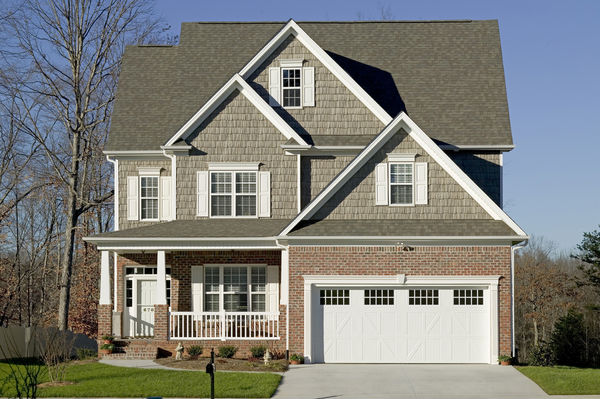
Cold weather can take a toll on your garage door, affecting its functionality and lifespan. From frozen components to increased wear on moving parts, the winter season introduces unique challenges that require a bit of extra care. Maintaining your garage door during colder months is essential to avoid disruptions and costly repairs. This guide provides practical tips for keeping your garage door in optimal condition, ensuring smooth operation and longevity even in frigid temperatures.
Regular Inspections
Regular inspections are crucial for maintaining a functional garage door during the cold months. Check for any signs of wear and tear, such as frayed cables, rusted components, or worn-out rollers. Pay close attention to the weather stripping at the bottom of the door, as it can become brittle and cracked in low temperatures. Addressing these issues early can prevent more significant problems as the weather gets colder.
Lubricate Moving Parts
Cold weather can cause metal parts to contract and become less flexible, leading to increased friction and potential damage. To keep your garage door operating smoothly, regularly lubricate all moving parts, including hinges, rollers, and tracks. Use a high-quality, weather-resistant lubricant specifically designed for garage doors. Avoid using grease, as it can thicken in cold temperatures and hinder the door’s movement.
Check the Balance
A properly balanced garage door is essential for efficient operation, especially in cold weather. To test the balance, disconnect the opener and manually lift the door halfway. If it stays in place, the door is balanced. If it falls, it may need adjustment. An unbalanced door can put extra strain on the opener and other components, leading to potential malfunctions. If you’re unsure how to adjust the balance, consult a professional.
Seal and Insulate
Proper sealing and insulation are key to maintaining a functional garage door in cold weather. Ensure that the weather stripping is intact and forms a tight seal when the door is closed. Consider adding insulation to the garage door if it’s not already insulated. This can help maintain a stable temperature inside the garage, protecting the door’s components from extreme cold and reducing energy costs.
Keep the Sensors Clean
Garage door sensors can become obstructed by dirt, ice, or snow, causing the door to malfunction. Regularly clean the sensors with a soft cloth and ensure they are aligned correctly. If the sensors are blocked or misaligned, the door may not open or close properly, posing a safety risk. Keeping the sensors clean and in good working order is essential for reliable operation.
By performing regular inspections, lubricating moving parts, checking the balance, sealing and insulating, and keeping the sensors clean, you can ensure your garage door remains functional and reliable throughout the cold weather months. Taking these preventive measures will help avoid unexpected issues and extend the lifespan of your garage door.
